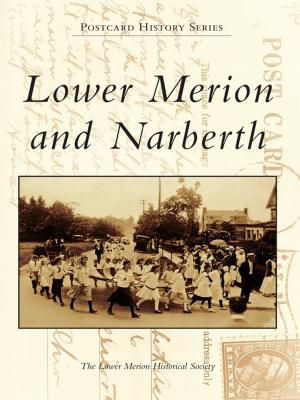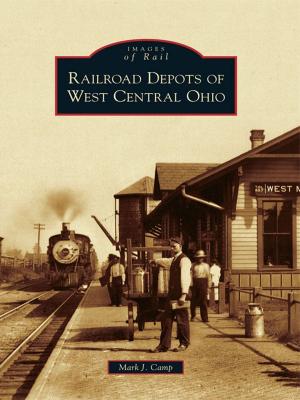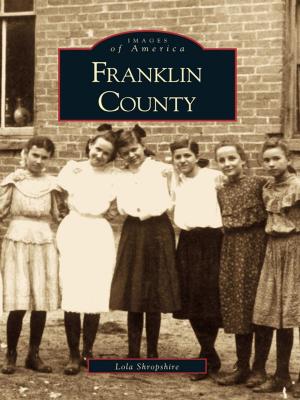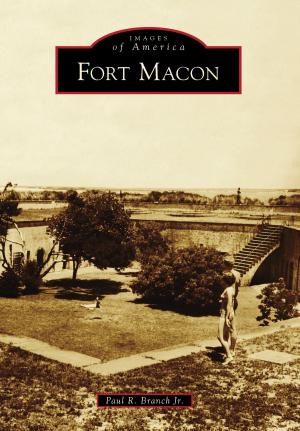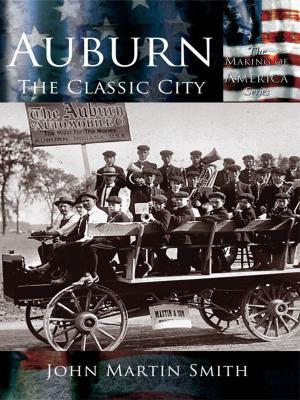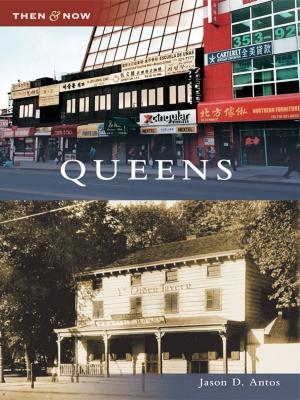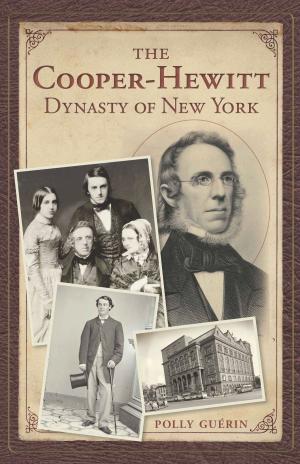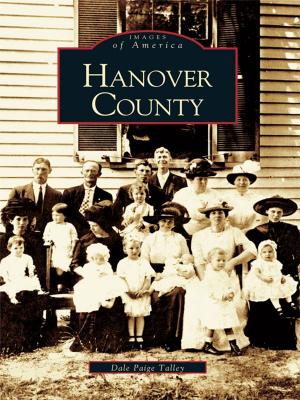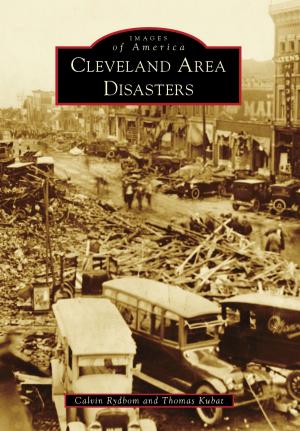| Author: | Cara Catallo, Clarkston Community Historical Society | ISBN: | 9781439651643 |
| Publisher: | Arcadia Publishing Inc. | Publication: | June 1, 2015 |
| Imprint: | Arcadia Publishing | Language: | English |
| Author: | Cara Catallo, Clarkston Community Historical Society |
| ISBN: | 9781439651643 |
| Publisher: | Arcadia Publishing Inc. |
| Publication: | June 1, 2015 |
| Imprint: | Arcadia Publishing |
| Language: | English |
The noteworthy architecture throughout Clarkston remains a tribute to a time when brothers Jeremiah and Nelson Clark were among the early settlers. In 1838, the enterprising Clarks bought Butler Holcomb's sawmill, quickly building a larger dam and adding a gristmill. In 1842, the Clarks platted the village that would bear their name. The next decade brought trains to the new Clarkston depot, enabling easier commerce and a stronger stream of vacationers visiting the inns and cottages that dotted the banks of Deer Lake, Parke Lake, and the Mill Pond. In the 20th century, the same waterpower enticed Henry Ford to construct a hydroelectric factory on the Clarkston Mills property and renovate the former Clarkston School building on Main Street into a small manufacturing plant. The Ford Motor Company also transformed a farm on the outskirts of town into a renowned tractor-training facility. Today, Clarkston's national historic district remains a testament to its mill-town heritage.
The noteworthy architecture throughout Clarkston remains a tribute to a time when brothers Jeremiah and Nelson Clark were among the early settlers. In 1838, the enterprising Clarks bought Butler Holcomb's sawmill, quickly building a larger dam and adding a gristmill. In 1842, the Clarks platted the village that would bear their name. The next decade brought trains to the new Clarkston depot, enabling easier commerce and a stronger stream of vacationers visiting the inns and cottages that dotted the banks of Deer Lake, Parke Lake, and the Mill Pond. In the 20th century, the same waterpower enticed Henry Ford to construct a hydroelectric factory on the Clarkston Mills property and renovate the former Clarkston School building on Main Street into a small manufacturing plant. The Ford Motor Company also transformed a farm on the outskirts of town into a renowned tractor-training facility. Today, Clarkston's national historic district remains a testament to its mill-town heritage.


